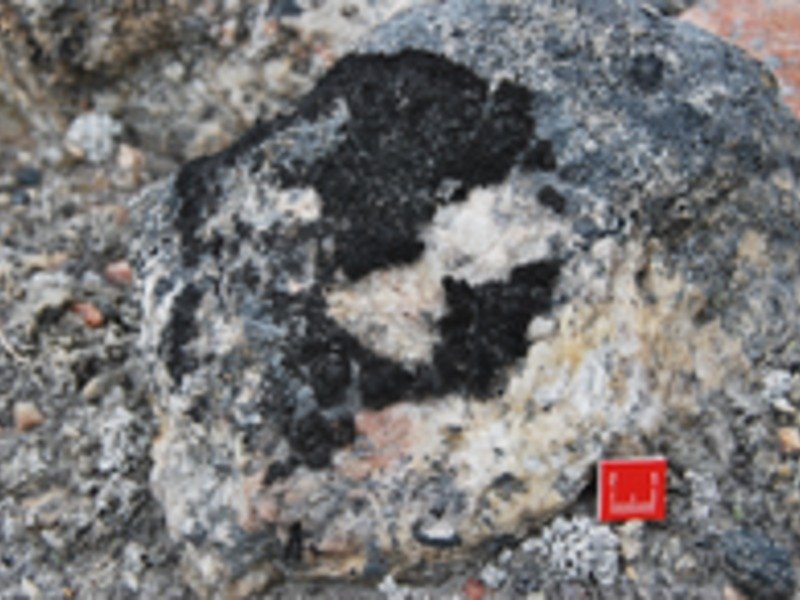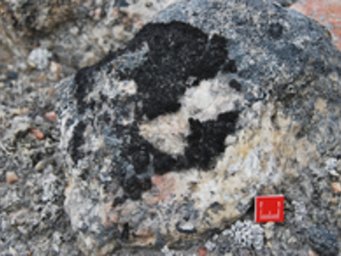Weathering of rocks may have changed the climate
New study shows: Chemical weathering of mosses, hornworts and liverworts results in a drawdown of atmospheric CO2 and may have led to global cooling
A new study published in July’s edition of Nature Communications, with participation of the MPI for Chemistry shows that the weathering of rock caused by early non-vascular plants had the potential to cause a global cooling effect. Until now it has been hard to explain why the climate cooled during the Ordovician period (450 million years ago) and the glaciation took place.

Non-vascular plants, such as mosses, hornworts and liverworts, probably evolved during the Ordovician period, around 450 million years ago. Although they do not have real roots, they affect the surfaces on which they grow: the release of various substances dissolves underlying rock minerals. This is called chemical weathering. Non-vascular plants and lichens may considerably increase weathering rates of the rock surfaces on which they grow. This has important implications for the climate system, since chemical weathering of silicate rocks such as granite results in a drawdown of atmospheric CO2 and may therefore lead to global cooling. During the weathering process CO2 dissolves in water as acid, and is then transported to the ocean where the carbon is buried as carbonate rock.
For their study the scientists used a process-based numerical model of non-vascular vegetation to simulate weathering by these organisms in the Late Ordovician. “We find a high potential for weathering, which means that the emergence of early non-vascular plants indeed may have been the reason for the Late Ordovician glaciations,” says Philipp Porada, main author. Bettina Weber, group leader at the MPIC, adds: “With this study, we could show, that the weathering mechanisms identified for different organisms, not only affect local processes, but also influence global climate patterns and glaciations.” Weber contributed the biological process data, which were needed to correctly model biological weathering mechanisms. Weber’s research group focusses on the relevance of cryptogamic covers in global processes and nutrient cycling.
(Stockholm University/adaptions by MPI for Chemistry)
